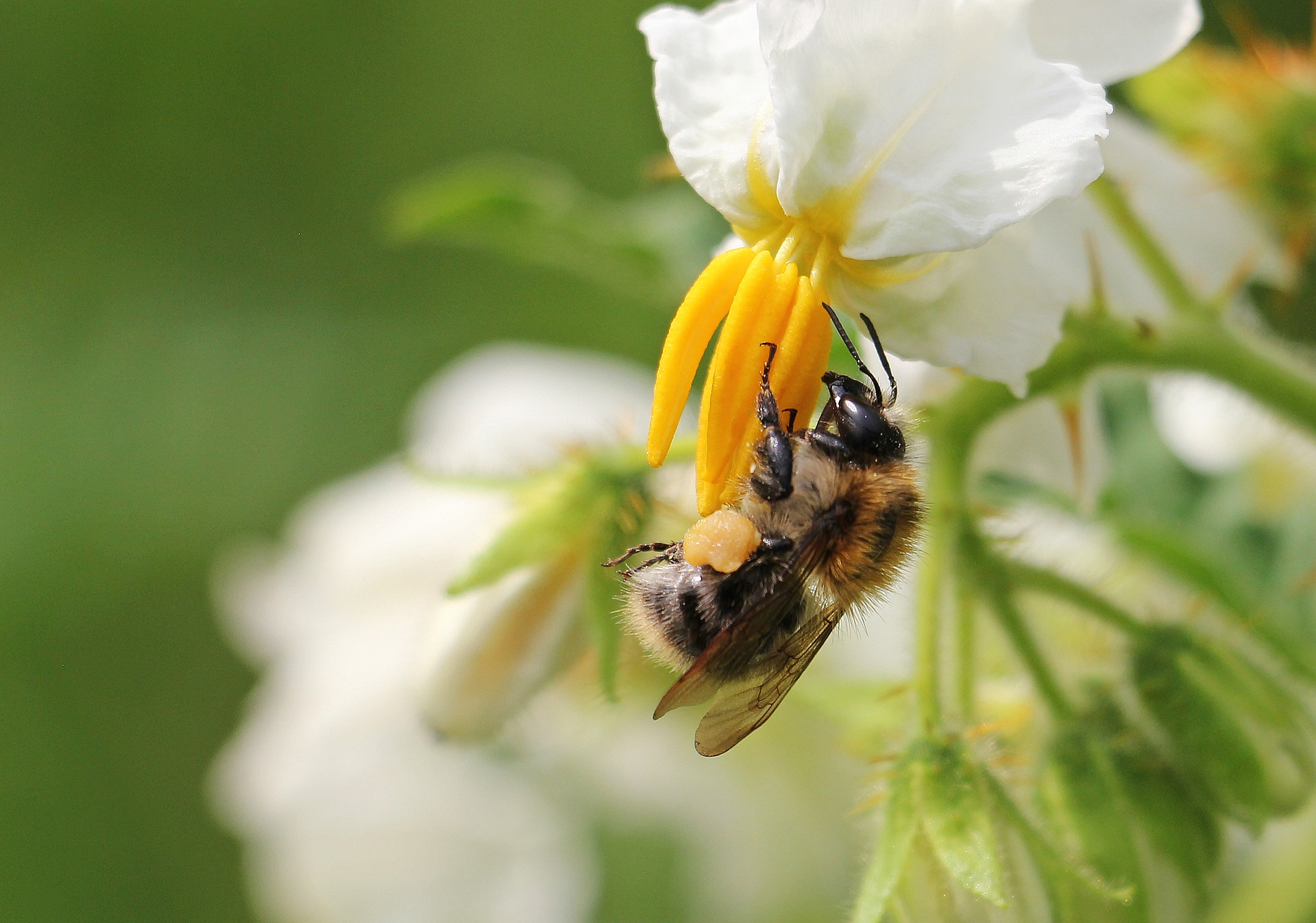If you’re starting to save some of your own seed this year, you might want to give potatoes a try! While they do take a bit of storage space, they’re pretty easy to save. Saving seed potatoes can also save you a lot of money on next year’s garden, especially if you generally rely on having potatoes shipped to you.
What About Disease?
Many people don’t save seed potatoes because of the fear of disease. Commercial producers almost exclusively rely on USDA-certified seed potatoes. However, on a home scale, you can easily mitigate the risk of diseases. Always rotate your potatoes and other members of the Solanacea or nightshade family (peppers, eggplants, tomatoes, tomatillos, and potatoes). Keep your potatoes well weeded and mulched and grow them in rich, well-draining soil.
Selecting Seed Potatoes
While you can harvest potatoes early in the season for eating, you should harvest storage seed potatoes should when the plant dies back. The foliage dying back makes the potatoes go into dormancy. This will help them keep longer. Make sure you harvest them before you get any hard frosts.
When selecting individual potatoes to store, you want to focus on selecting healthy potatoes that are free from any signs of disease, blemishes, or bruises.
Note that some varieties store better than others, so if you struggled in the past you might want to try a variety like Yukon Gold that keeps well.

Curing
Potatoes are one of those staple crops like winter squash that keep better when they’ve been cured. Take your freshly harvested potatoes and gently brush any loose dirt off. Don’t wash them! Lay them on newspaper in a single layer somewhere cool, dark, and well-ventilated for 10 to 14 days.
After your potatoes are cured they’ll have thicker skins, a little less moisture, and be ready to store!
Proper Storage
Ideally, you should store you potatoes somewhere dark where temperatures remain between 35° and 40°F though they will still keep for several months at temperatures up to 50°F. Warmer temperatures or large fluctuations can cause potatoes to break dormancy and sprout early.
Before packing your potatoes up, go through them one more time and remove any with damage. Gently rub off any large clumps of dirt you come across. Pack your potatoes in ventilated containers. Bushel baskets, root-storage bins, and perforated cardboard boxes work well for this. Cover your containers with cardboard or newspaper to keep out any light.
Don’t store potatoes with onions and fruit, which give off ethylene gas and can cause potatoes to sprout early.
Check On Your Potatoes
Check on your potatoes every couple of weeks. You want to remove any starting to rot or mold as soon as possible, so it doesn’t spread to the others.
Get Ready to Plant
In the spring, you can plant any potatoes that have sprouted. It’s okay if they’re a bit wrinkly, but you don’t want to use any that appear to be rotting or unhealthy. To plant, cut potatoes into pieces no smaller than an egg with no fewer than two eyes.
Check out our Potato Growing Guide for further planting instructions.

